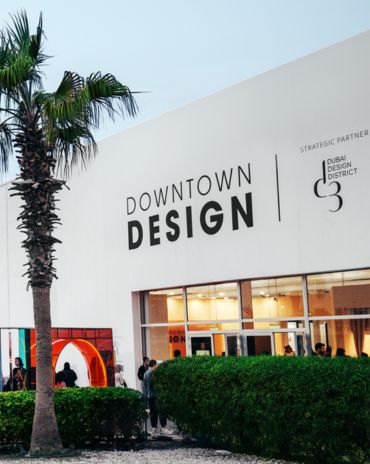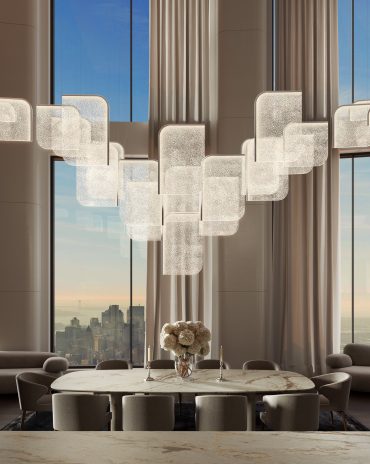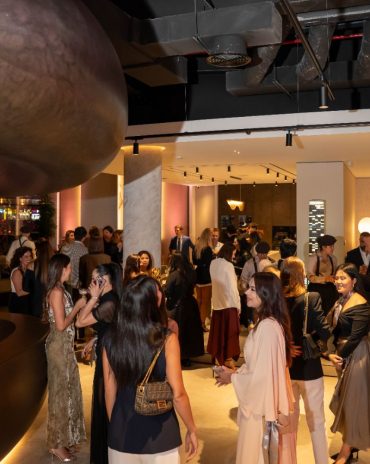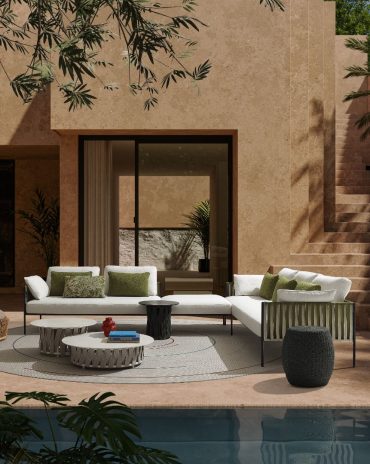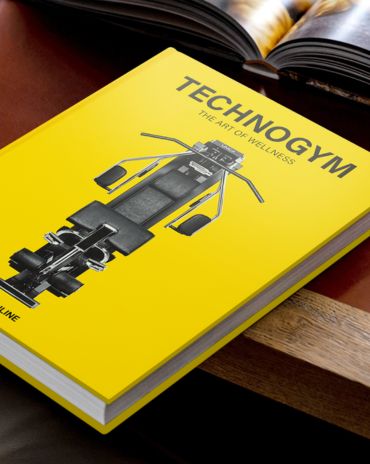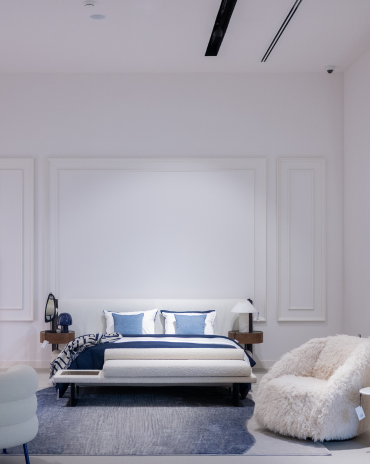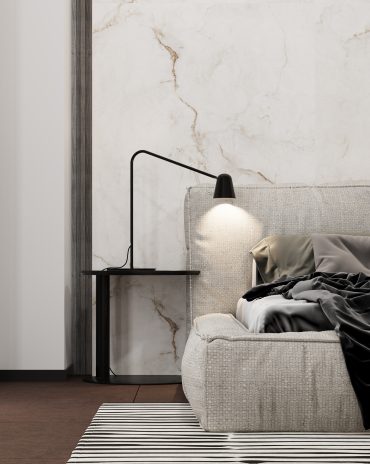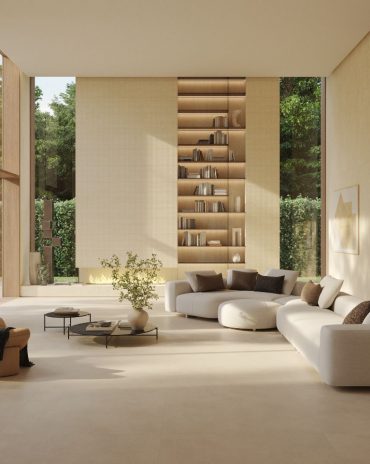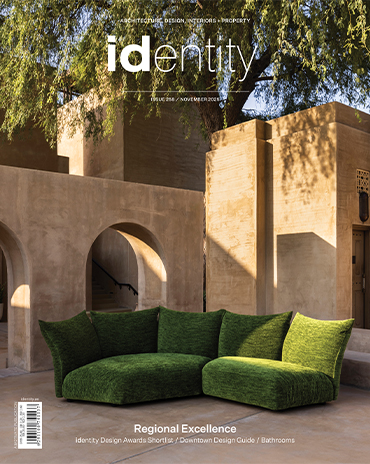Copyright © 2025 Motivate Media Group. All rights reserved.
A cross-cultural exhibition in Tokyo features works by young artists from the Gulf
The exhibition fosters a dialogue on 'youth-driven art' between Japan and the Gulf region
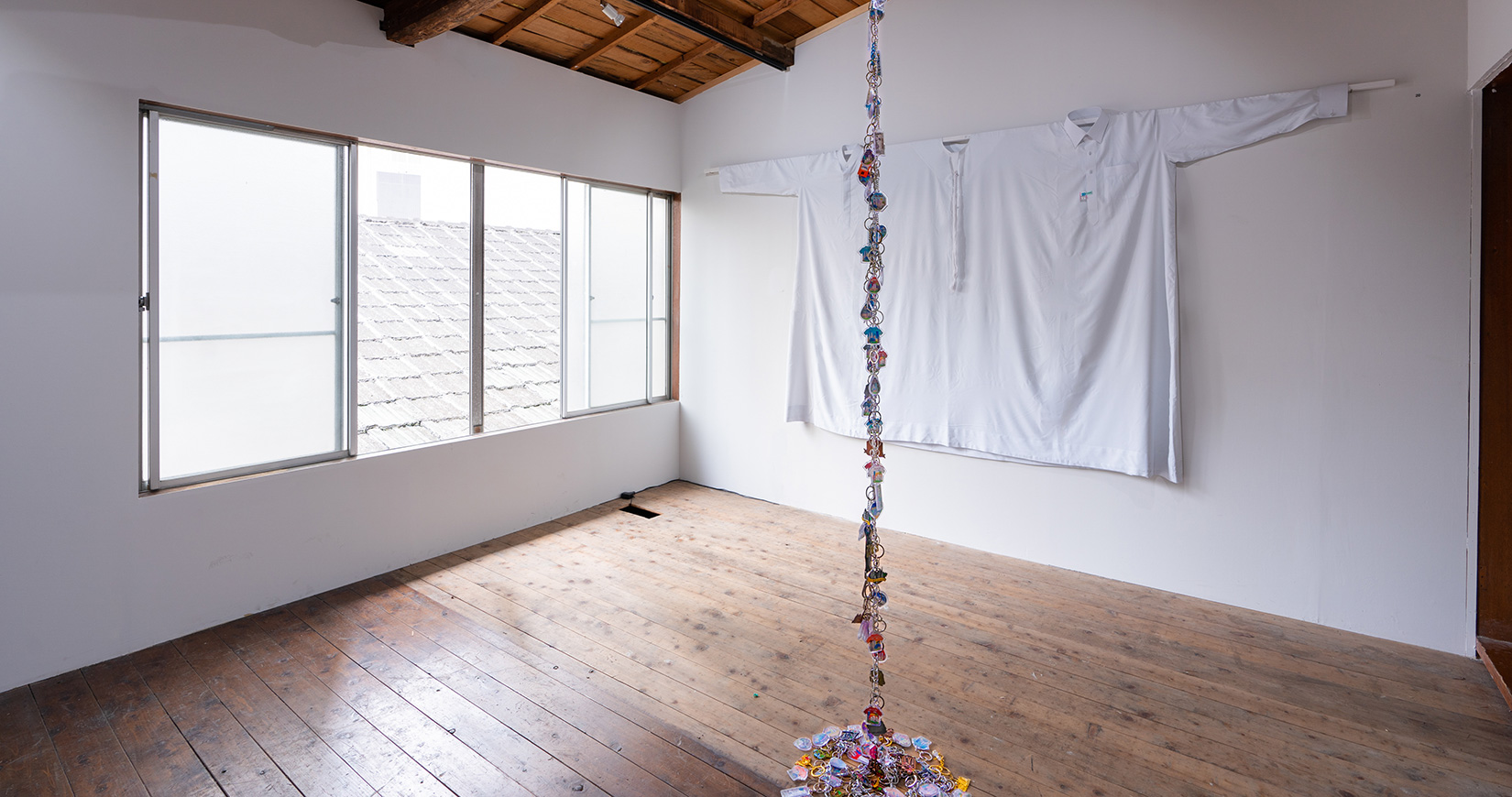
What first began as an exhibition series in NYU Abu Dhabi’s Project Space in 2016, and later at the CHI-KA Space in Alserkal Avenue in Dubai, the East-East Vol 4: The Curio Shop made its debut in Tokyo this summer, brining together young talent from across the Gulf region and Japan.
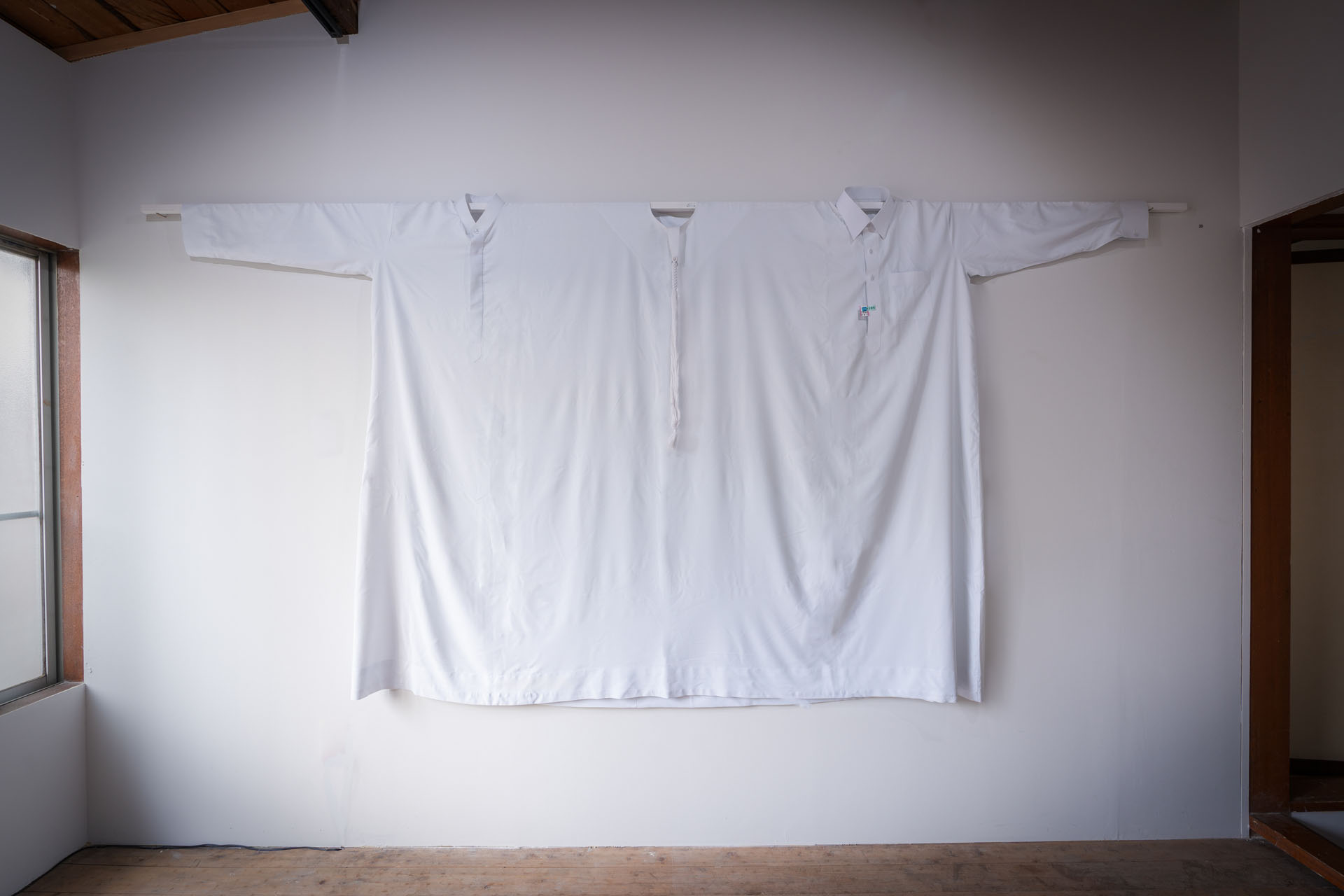
GCC Best Friend by Christopher Benton. Photography by Naoki Takehisa.
Curated by Sophie Mayuko Arni, an NYU Abu Dhabi alumni who also attended the Tokyo University of Arts, the exhibition is “in line with the youth-driven wave of artistic dialogues between the Arabian Gulf and Japan,” she describes.
The fourth iteration of East-East features the works of 15 artists based across the UAE and Bahrain as well as Japan, including Aisha Al Ali, Aliyah Al Awadhi, Almaha Jaralla, Arthur de Oliveira, Christopher Benton, Hashel Al Lamki, Salman Al Najem, and Khalid Mezaina, while the Japanese artists include: BIEN, DAISAK, Heijiro Yagi, Koiichiro Tada, Rintaro Fuse, and Tomoki Kurokawa.
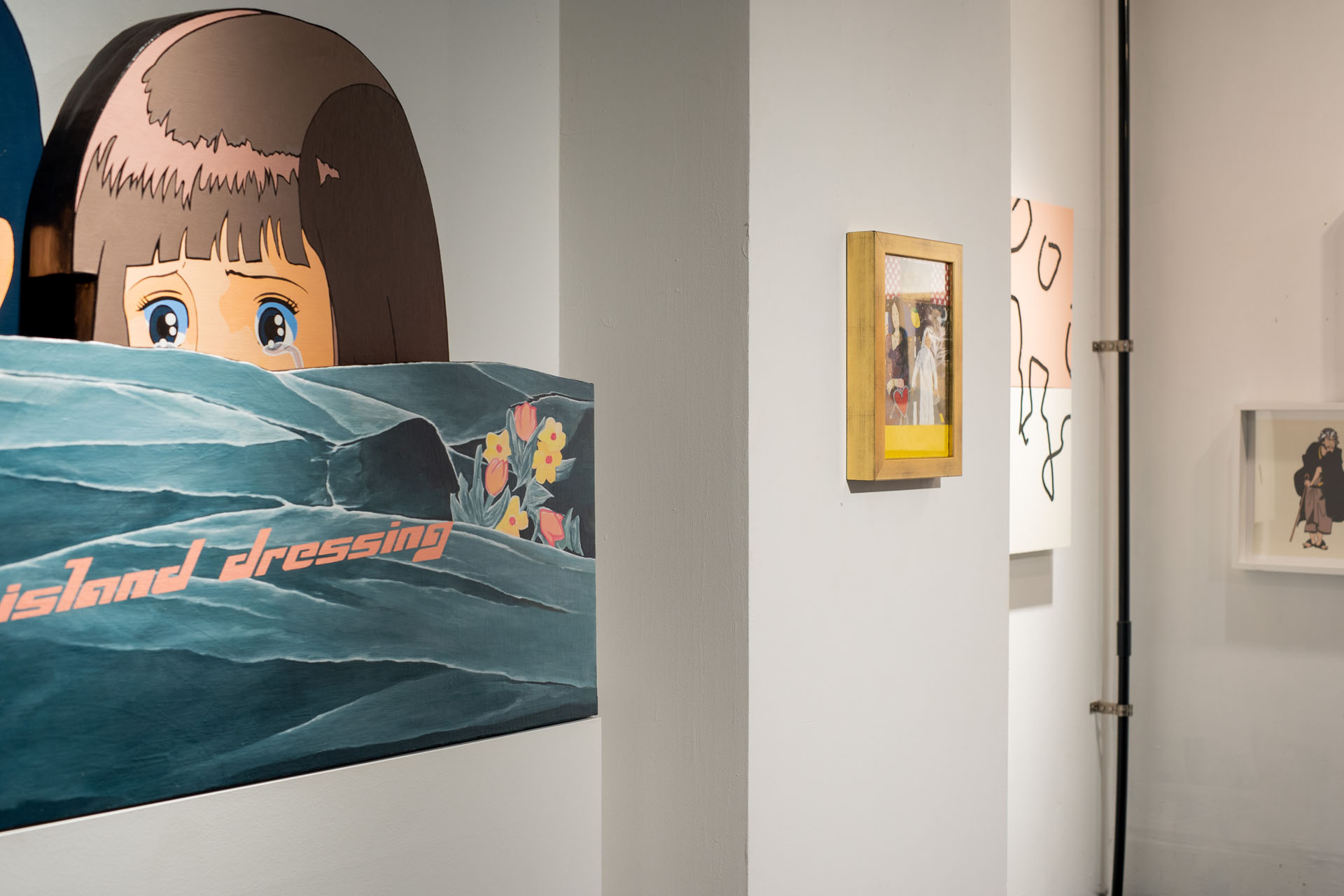
Thousand Island Dressing by Tomoki Kurokawa
The premise of the overall exhibition series lies in decentralising Eurocentric approaches to art by shedding light on a new generation of artists who are engaged in cross-cultural dialogue.
The inspiration behind this year’s title are the ‘curio shops’ found across Japan that sell finely crafted items, that is also the title of a photograph taken by Italian-British photographer Felice Beato in Yokohoma in 1868. The idea is to transpose the idea of the “curio” in today’s Tokyo.

From left: Energy Tank by Daisak, One Million Aspiration by Salman Al Najem, Yesterday’s Inspiration by Aisha Al Ali.
“‘Curios’ is a 19th-century abbreviation for “curiosities,” used to describe works of fine craftsmanship sold in Japan to early foreign settlers in late 19th century Japanese port cities,” Arni explains.
“‘Curio-hunting’ was one of their favourite pastimes and the most popular product categories were porcelain, lacquerware, bronze-work, bamboo work, silk embroidery, and woodcut prints. Two centuries later, instead of lacquerware and porcelain vases, manga, anime, and digital design have emerged as today’s Japanese curios. [Alternatively], in the Arabian Gulf, images of postmodern architecture, skyscrapers, and desert dunes have emerged as some sort of “jpg curio”, instantly recognisable images of the Gulf and its booming economy. This exhibition will aim to present a contemporary and youth-led version of a cabinet of curiosities blending these two geographies in an East-East context.”
The Latest
Dubai Design Week 2025 Unfolds: A Living Celebration of Design, Culture, and Collaboration
The 11th edition of the region’s leading design festival unfolds at Dubai Design District (d3)
Preciosa Lighting Unveils ‘Drifting Lights’ at Downtown Design 2025
The brand debuts its newest 'Signature Design' that explores light suspended in motion
IF Hub Opens in Umm Suqeim
A New Destination for Design and Collaboration in Dubai
The Language of Weave
Nodo Italia at Casamia brings poetry to life
The Art of the Outdoors
The Edra Standard Outdoor sofa redefines outdoor living through design that feels, connects and endures
The Art of Wellness
Technogym collaborates with Assouline to release a book that celebrates the brand’s 30-year contribution to the fitness industry
The Destination for Inspired Living – Modora Home
Five reasons why you need to visit the latest homegrown addition to the UAE’s interiors landscape
Elemental Balance — A Story Told Through Surfaces
This year at Downtown Design 2025, ClayArk invites visitors to step into a world where design finds its rhythm in nature’s quiet harmony.
The identity Insider’s Guide to Downtown Design 2025
With the fair around the corner, here’s an exciting guide for the debuts and exhibits that you shouldn’t miss
A Striking Entrance
The Oikos Synua door with its backlit onyx finish makes a great impression at this home in Kuwait.
Marvel T – The latest launch by Atlas Concorde
Atlas Concorde launches Marvel T, a new interpretation of travertine in collaboration with HBA.
Read ‘Regional Excellence’ – Note from the editor
Read the magazine on issuu or grab it off newsstands now.





